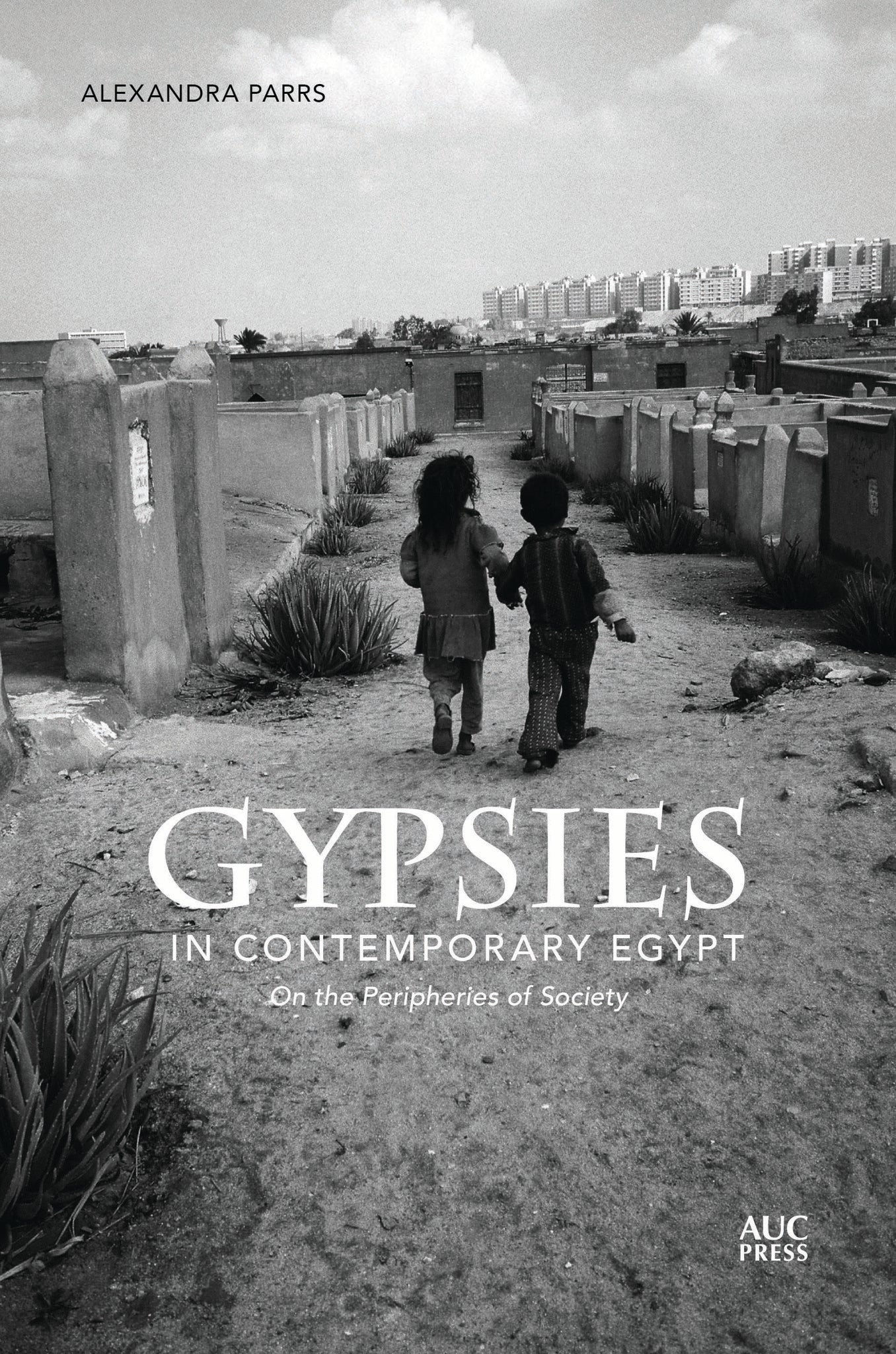We're sorry. An error has occurred
Please cancel or retry.
Gypsies in Contemporary Egypt

Some error occured while loading the Quick View. Please close the Quick View and try reloading the page.
Couldn't load pickup availability
- Format:
-
15 November 2017

Little is known about Egypt’s Gypsies, called Dom by scholars, but variously referred to by Egyptians as Ghagar, Nawar, Halebi, or Hanagra, depending on their location. Moreover, most Egyptians are oblivious to the fact that there are today large numbers of Gypsies dispersed from the outskirts of villages in Upper Egypt to impoverished neighborhoods in Cairo and Alexandria.
In Gypsies in Contemporary Egypt sociologist Alexandra Parrs draws on two years of fieldwork to explore how Dom identities are constructed, negotiated, and contested in the specifically Egyptian national context. With an eye to the pitfalls and evolution of scholarly work on the vastly more studied European Roma, she traces the scattered representations of Egyptian Dom, from accounts of them by nineteenth-century European Orientalists to their portrayal in Egyptian cinema as belly-dancers in the 1950s and beggars and thieves more recently. She explores the boundaries—religious, cultural, racial, linguistic—between Dom and non-Dom Egyptians and examines the ways in which the Dom position themselves within the limitations of media discourses about them and in turn differentiate themselves from the dominant population. This interplay of attitudes, argues Parrs, sheds light on the values and markers of belonging of the majority population and the paradigms of nation-state formation at the governmental level.
Based on extensive interviews with government workers and ordinary individuals in routine contact with the Dom, as well with Dom engaged in a variety of trades in Cairo and Alexandria, Gypsies in Contemporary Egypt is about the search for the fragments of identity of the Egyptian Dom.


Introduction
The Paradigm of Diasporic Identity
Essentialization
Literature on Middle Eastern Gypsies
Official Invisibility
Rural and Urban Dom
Methodology
Naming of the Group
Outline of the Book
Chapter 1: The Eternal Quest for Roots
Language and Roots
Orientalists’ Perceptions of Gypsies in the ‘Orient’
Impact of Orientalists in the Construction of Eastern Gypsies
Alternative Narratives and Myths of Origin
Ethnogenesis by Outsiders
Chapter 2: From Belly Dancers to Thieves
Ghawazi and Orientalists
Current Views
Cinematic Depiction
Toward the Impossible Union
Muhammad Ali, the Baladi, and the Construction of Modernity
Homogenization, the National, and the Foreigner
Female Representations
Depicting the Other
Chapter 3: Uncrossable Boundaries?
Religious Boundaries
Cultural Boundaries
Racial Boundaries
Linguistic Boundaries
Spatial Boundaries
Occupational Boundaries
Building Rigid Boundaries
Chapter 4: Identity Negotiation: Ignoring, Passing, Changing, and Exchanging
Gypsies and Their ‘Origins’
Denial of Identity
Group Divisions and Occupations
Overemphasis and Underemphasis of Identity
Identity Management in Social Interactions
Fluidity
Chapter 5: Underground World: Crime in the Blood and Secret Language
Media Discourse
Conflictual Opposites, Sensationalism, and Blaming the Victim
They Can Only Be Criminal: Rigid Boundaries and Confrontation of Perceptions
Fluid Boundaries: The ‘Saved’ Ghagar
Begging Skills
The Language of Crime
Sensuality in Crime?
Chapter 6: Matriarchy and Bride Price: Ghagar Traditions?
“What Are Your Traditions?”
Endogamy
Divorce and Separation
Bride Price, Polygyny, and Early Marriage
Female Circumcision and Sexuality
Matriarchal Features and ‘Kin Contract’
Chapter 7: Conclusions: The Fragmented Construction of Egyptian Gypsies
Beyond Western Mimicry
Cultural Performance and Social Failure
What Will Happen Next?
National Identity and Gypsies
Umm Khalas: Where Are You?
Bibliography
Index



